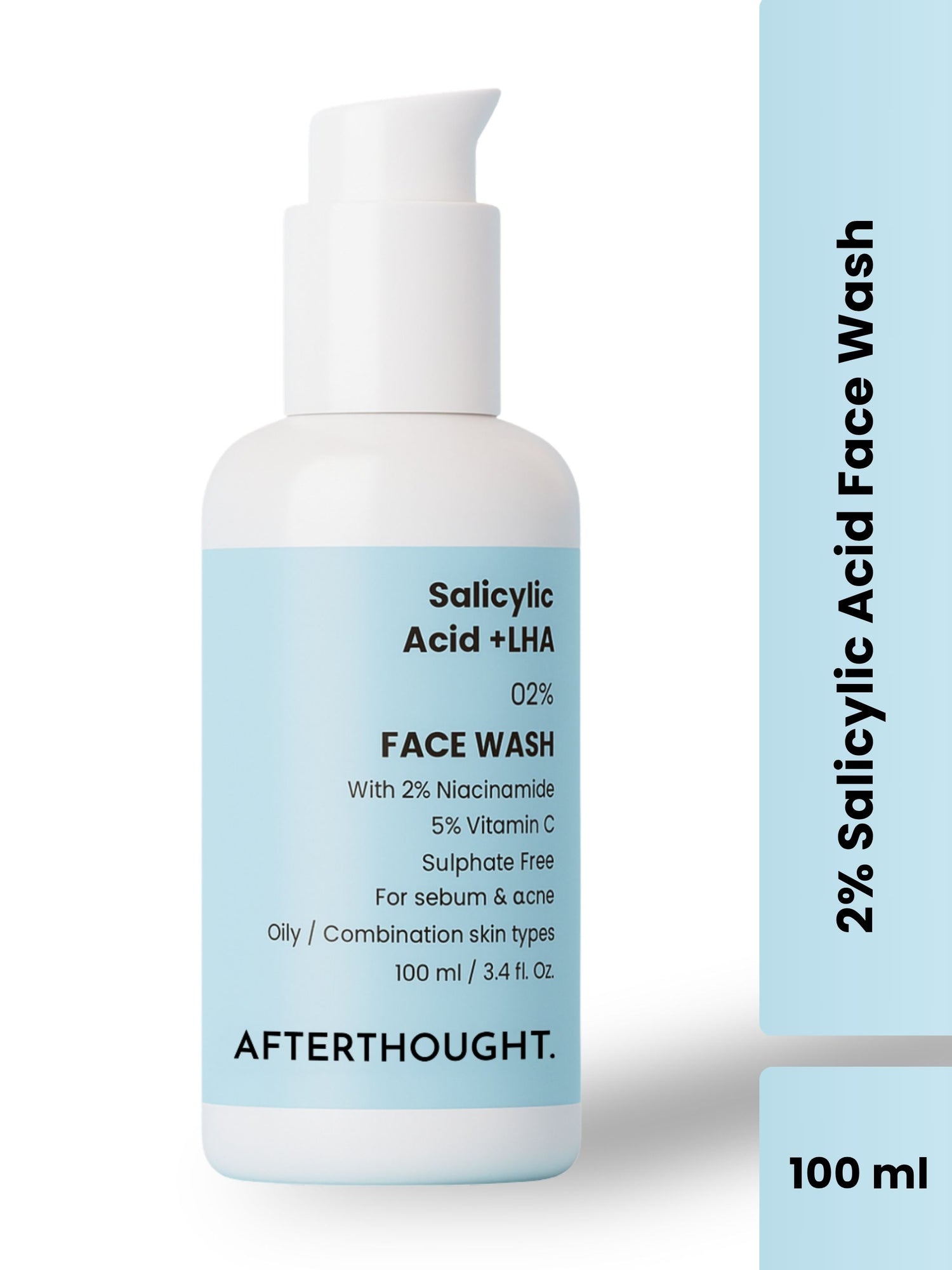How To Protect Hair From Helmet?
Afterthought IndiaWearing a helmet is crucial for safety, whether you’re cycling, motorbiking, or engaging in other activities where head protection is necessary. However, regular use of helmets can take a toll on your hair, leading to issues like breakage, frizz, and greasy scalp. This guide will provide you with practical tips to maintain healthy hair while ensuring your safety. Welcome to afterthought.
1. Choose the Right Helmet Size and Fit
A well-fitted helmet is the first step in protecting your hair. Ensure that your helmet is not too tight or too loose:
- Correct Fit: A helmet that fits well reduces friction and pressure on your hair. It should sit comfortably on your head without squeezing.
- Adjustable Straps: Use helmets with adjustable straps to secure a snug fit without excessive tightness.
2. Use a Protective Layer
Adding a barrier between your hair and the helmet can significantly reduce damage:
- Silk or Satin Liners: These materials reduce friction, helping to prevent hair breakage and frizz. They also help retain moisture in your hair.
- Head Scarves and Caps: Cotton or moisture-wicking fabric caps can absorb sweat, keeping your scalp dry and reducing the risk of scalp issues.
3. Maintain Cleanliness
Keeping your helmet and hair clean is vital for hair health:
- Helmet Hygiene: Regularly clean the interior lining of your helmet. Sweat and dirt buildup can lead to scalp infections and unpleasant odors.
- Hair Hygiene: Wash your hair regularly to remove sweat and oils that accumulate from wearing a helmet. Use a gentle shampoo and a good conditioner to keep your scalp healthy.
4. Pre-Ride Hair Care
Preparing your hair before wearing a helmet can minimize damage:
- Dry Hair: Make sure your hair is completely dry before putting on your helmet. Wet hair is more prone to breakage.
- Braids or Ponytails: Secure your hair in a loose braid or ponytail to prevent tangling. Avoid tight hairstyles that can cause tension and breakage.
5. Post-Ride Hair Care
Taking care of your hair after removing your helmet is equally important:
- Immediate Care: Once you take off your helmet, gently comb your hair to detangle it. Avoid pulling or tugging at knots.
- Hydration: Apply a leave-in conditioner or a few drops of hair oil to replenish moisture and smooth frizz.
6. Regular Trimming
Regular hair trims can prevent split ends and maintain overall hair health. Trimming your hair every 6-8 weeks keeps it looking healthy and prevents damage from spreading up the hair shaft.
7. Balanced Diet and Hydration
Healthy hair starts from within. Ensure you are consuming a balanced diet rich in vitamins and minerals:
- Vitamins A, C, and E: These vitamins are essential for healthy hair growth and scalp health.
- Protein: Hair is primarily made of protein, so include plenty of protein-rich foods in your diet.
- Hydration: Drink plenty of water to keep your hair and scalp hydrated from the inside out.
8. Avoid Excessive Heat and Styling
Minimize the use of heat styling tools, which can exacerbate damage caused by helmet use:
- Air Dry: Let your hair air dry whenever possible.
- Heat Protectant: If you must use heat styling tools, always apply a heat protectant spray to minimize damage.
9. Consider Hair Type Specific Care
Different hair types require different care:
- Curly Hair: Curly hair is more prone to dryness and breakage. Use products specifically designed for curly hair to maintain moisture and reduce frizz.
- Fine Hair: Fine hair can get greasy quickly. Use a lightweight conditioner and avoid heavy oils that can weigh your hair down.
Conclusion
Protecting your hair while wearing a helmet involves a combination of proper helmet fit, regular maintenance, and thoughtful hair care practices. By following these tips, you can keep your hair healthy and looking great, even with frequent helmet use. Remember, safety comes first, but with the right approach, you don't have to sacrifice your hair's health.
Also Read: How To Keep Hair Black Naturally?

